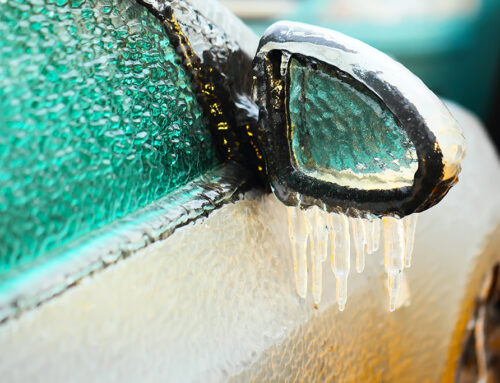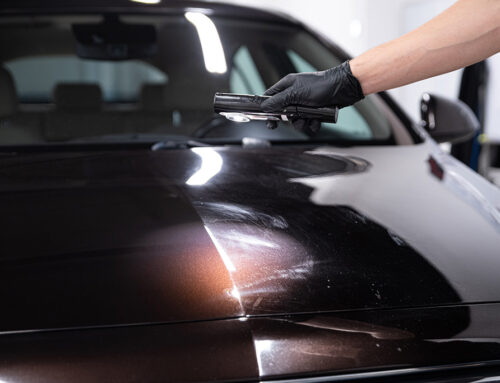Whether you are a car enthusiast, a daily driver, or a proud owner of a brand new ride, keeping your car looking clean and fresh can add to its value and extend its lifespan. Car detailing is the process of giving your vehicle a thorough cleaning, restoring it to its original condition, and applying protective coatings to keep it looking great. In this ultimate guide to car detailing, we will cover everything you need to know to get started with detailing your car on your own, including the tools and products you will need, the steps to follow, and the best practices to maintain your car’s appearance over time.
Tools and Products: Before you start detailing your car, you will need to gather some essential tools and products. Start with a bucket, a hose, and a microfiber towel for washing, then add a clay bar, a polisher, and some good wax or sealant for finishing. You’ll also need some general cleaners, such as a tire cleaner, glass cleaner, and upholstery cleaner. Buying specialized detailing products can get costly, but investing in quality materials can make a significant difference in the result. It’s best to choose products that are specifically designed for cars, as using household cleaners can damage your car’s surface over time.
The Steps to Follow: Detailing your car involves several steps, including washing, cleaning, polishing, and protecting. The first step is to wash your car thoroughly, starting with the wheels, tires, and lower panels. Then apply soap and water to the rest of the car, rinsing it off with a hose. Once you finish washing, use a clay bar to remove any contaminants left on the paint. Next, polish the car, applying a layer of wax or sealant to protect the paint from UV rays and other environmental factors. You can also clean your car’s interior, including the upholstery, dashboard, and windows, using specialized cleaners and microfiber towels.
Best Practices: The key to effective car detailing is consistency and attention to detail. Make sure to follow a regular cleaning routine, washing your car at least once a month, and waxing it every three to six months. Avoid using harsh chemicals or abrasive materials that can scratch or damage your car’s surface. Instead, opt for gentler products and microfiber towels that won’t scratch or leave lint. Additionally, park your car in a covered area or in the shade, as prolonged sun exposure can cause the paint to fade and crack.
DIY or Professional Detailing: You can either try detailing your car on your own or take it to a professional detailer. While DIY can be cost-effective, it may not yield the best results, especially if you are a beginner. Professional detailers have access to specialized tools and products, and they have years of experience that can help them achieve a better result. If you’re short on time and want a professional finish, it’s best to hire a pro. However, if you enjoy taking care of your car and want to learn more about the detailing process, DIY can be a fun and engaging experience.
Final Tips: Finally, here are some additional tips to help you get started with car detailing: Always wash your car in a shaded area to avoid water spots, use compressed air or a blower to dry your car after washing, avoid leaving your car dirty for too long, don’t rub too hard when cleaning your car’s surface, and always test any new product on a small area of your car before applying it to the entire surface.
Ultimate Guide to Car Detailing
Car detailing is a great way to keep your vehicle looking clean and fresh while protecting its surface from environmental factors. Whether you choose to detail your car on your own or hire a professional, following the right tools and procedures can help you achieve a better result. With this ultimate guide to car detailing, we hope you’ve gained some valuable insights that can help you take care of your car more effectively. Remember to stay consistent, use quality products, and avoid harsh materials to achieve the best results. So start detailing your car like a pro today!






